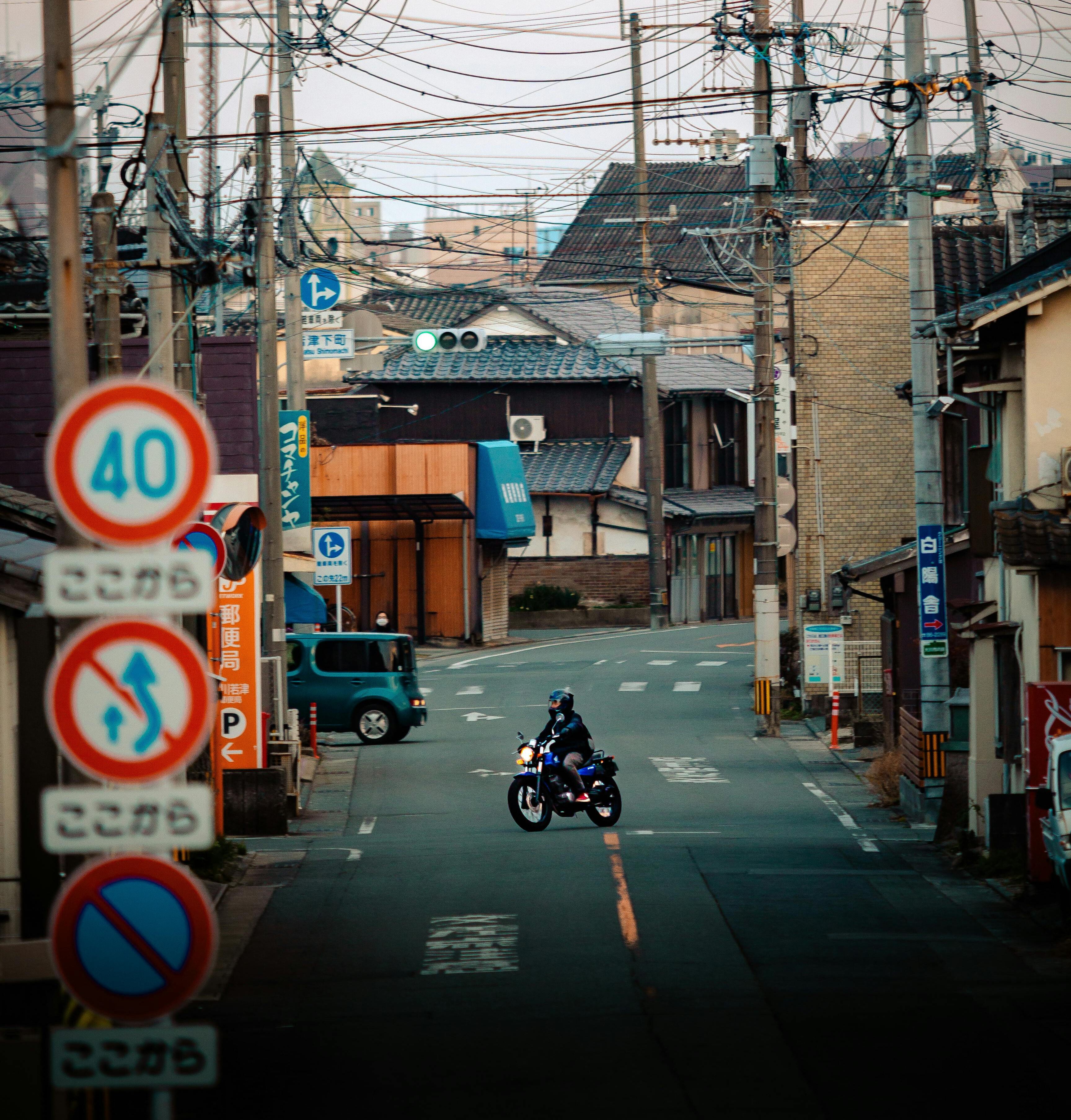Riding through Japan’s breathtaking landscapes should be high on every rider’s bucket list. As a foreign rider, it’s important to familiarise yourself with Japan’s road rules and riding etiquette to ensure you have a safe and enjoyable tour! Japan has a reputation for order and politeness, and that extends to how people ride and drive. Whether you’re embarking on an epic tour, or just renting a bike for a day to explore, here’s everything you need to know about Japanese riding etiquette and traffic rules:
Japan, like Australia, the UK and New Zealand, is a left-hand driving country. When you approach intersections, look to your right for traffic and always yield to pedestrians as they have right of way, especially at crossings. Traffic signals and signs are strictly observed in Japan, so it’s not a good idea to take risks at red lights or stop signs.
Japanese drivers are usually extremely patient and courteous. Aggressive driving is rare, which makes it a relatively safe place to ride. But, as a rider this means you are expected to be just as polite and considerate. Avoid honking your horn unless absolutely necessary, and always signal your intentions with your indicators. Maintaining a calm and respectful approach to riding will keep you safe, and ensure you blend in smoothly with everyone else on the road. For more tips on how not to be “that foreigner guy” read this blog.
Speed Limits
Speed limits in Japan are generally lower than what you’re probably used to. On normal roads, the limit typically ranges from 40km/h to 60km/h (25 to 37 mph). On highways, the speed limit is usually 80km/h to 100km/h (50 to 62 mph). While these limits are probably lower than what you’re used to, drivers tend to exceed these limits. It's common for traffic to flow over the posted limits without immediate consequences, and police tend to be lenient as long as the speeding isn't excessive or dangerous. However, disclaimer here! Speed cameras and unmarked police patrols do exist, and fines can be hefty. So, we recommend you ride sensibly.
Helmets
Helmets are mandatory for both rider and passenger. Full-face helmets are highly recommended, although it is technically not illegal to ride with open-face helmets.
Licenses
You must hold a valid domestic drivers license (authorising you to ride motorbikes) and an International Driving Permit (IDP).
Your IDP must be issued in your own country by an authorised issuer (e.g. AAA in the United States, CAA in Canada, RAC/NRMA in Australia). IDP's should be valid for 1 year, if yours is claiming to be valid for 5 years it's probably a scam IDP - watch out as there are a lot of websites out there selling scam IDP's. Your IDP must be issued under the 1949 Geneva Convention - make sure it says that on the front.
If you are from France, Germany, Switzerland, Belgium or Taiwan, a Japanese translation of your driver's licence is sufficient.
Not every country is a signatory to the relevant Convention. For example, it is simply not possible for riders holding an Indonesian drivers license to get an IDP for riding in Japan. Unfortunately, there seems to be no change to this on the horizon.
Please check this page for further information: https://rental819.com/doc/license
Lane Splitting
Lane splitting, which is common in some countries, is technically illegal in Japan. Even though traffic can be slow, particularly in Tokyo, you should wait in your lane with the other vehicles. It’s also illegal to ride on the shoulder of the road – this area is reserved for emergencies only.
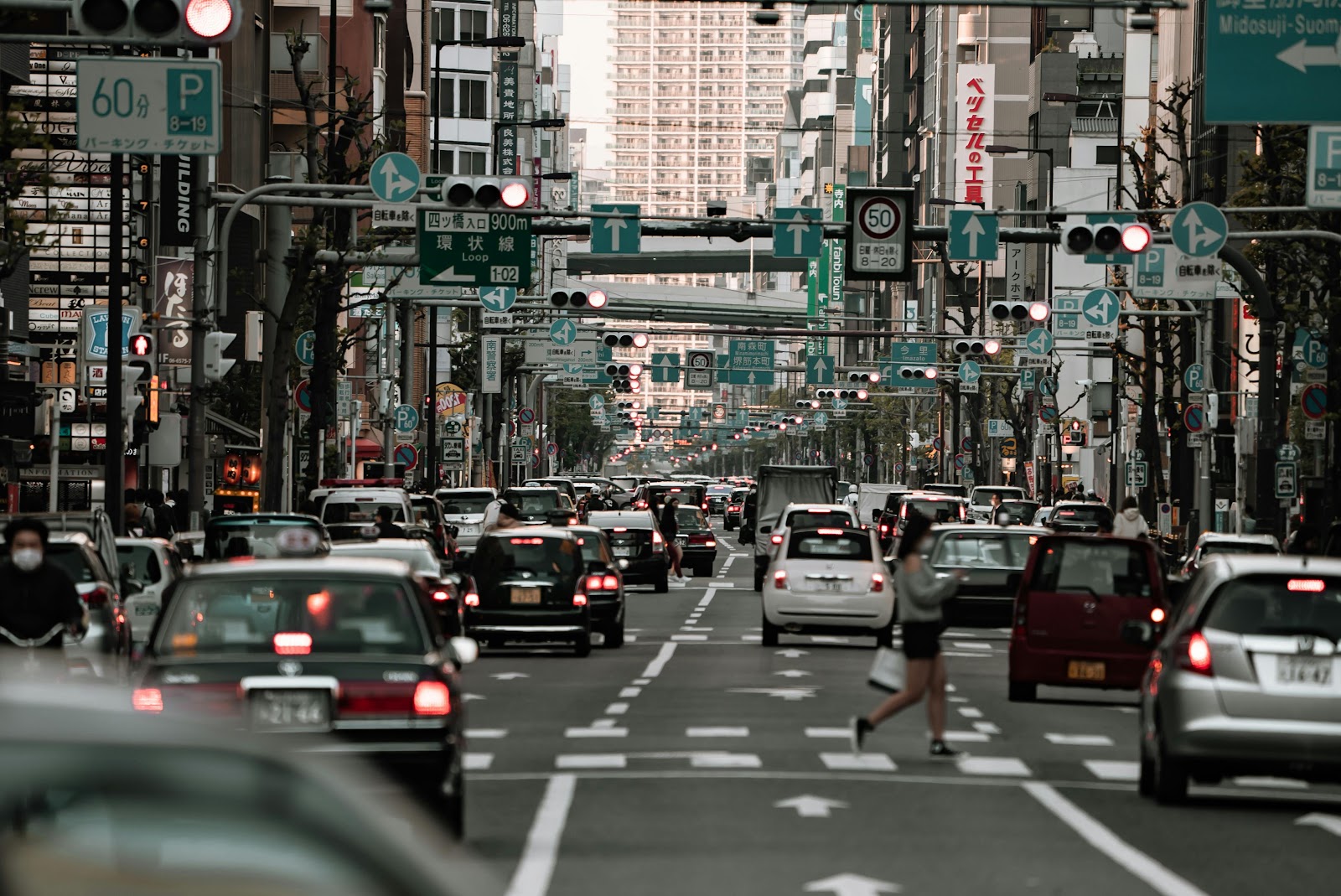
Alcohol
Japan has a zero-tolerance policy for drinking and riding. If alcohol is detected by a breath test, you may be facing imprisonment for up to 3 years and a fine of up to 500,000 yen. You are also punished if you refuse to take a breath test. Sober passengers who ride together with a drunken rider as well as those who encouraged a driver to drink will also be punished. Do not drink and ride.
Road Signs
Here’s a list of common traffic signals you’ll see when out on the road in Japan.

Stop Signs/Railroad Crossings
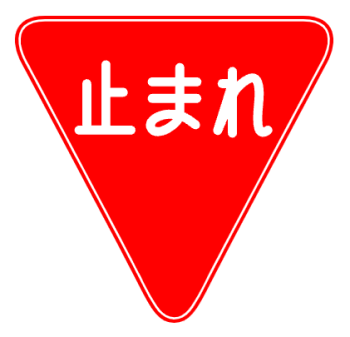
The stop sign is a red downward-pointing triangle with the text 止まれ in white. You must stop at the stop sign - and in Japan, you are expected to make a complete stop, this means touching your foot on the ground. If you’re riding in a group, each rider must make a complete stop.
You must also bring your motorbike to a complete stop in front of open train crossings. This is mandatory even when the bar is open (i.e. there is no train approaching) - failing to stop is an offence.
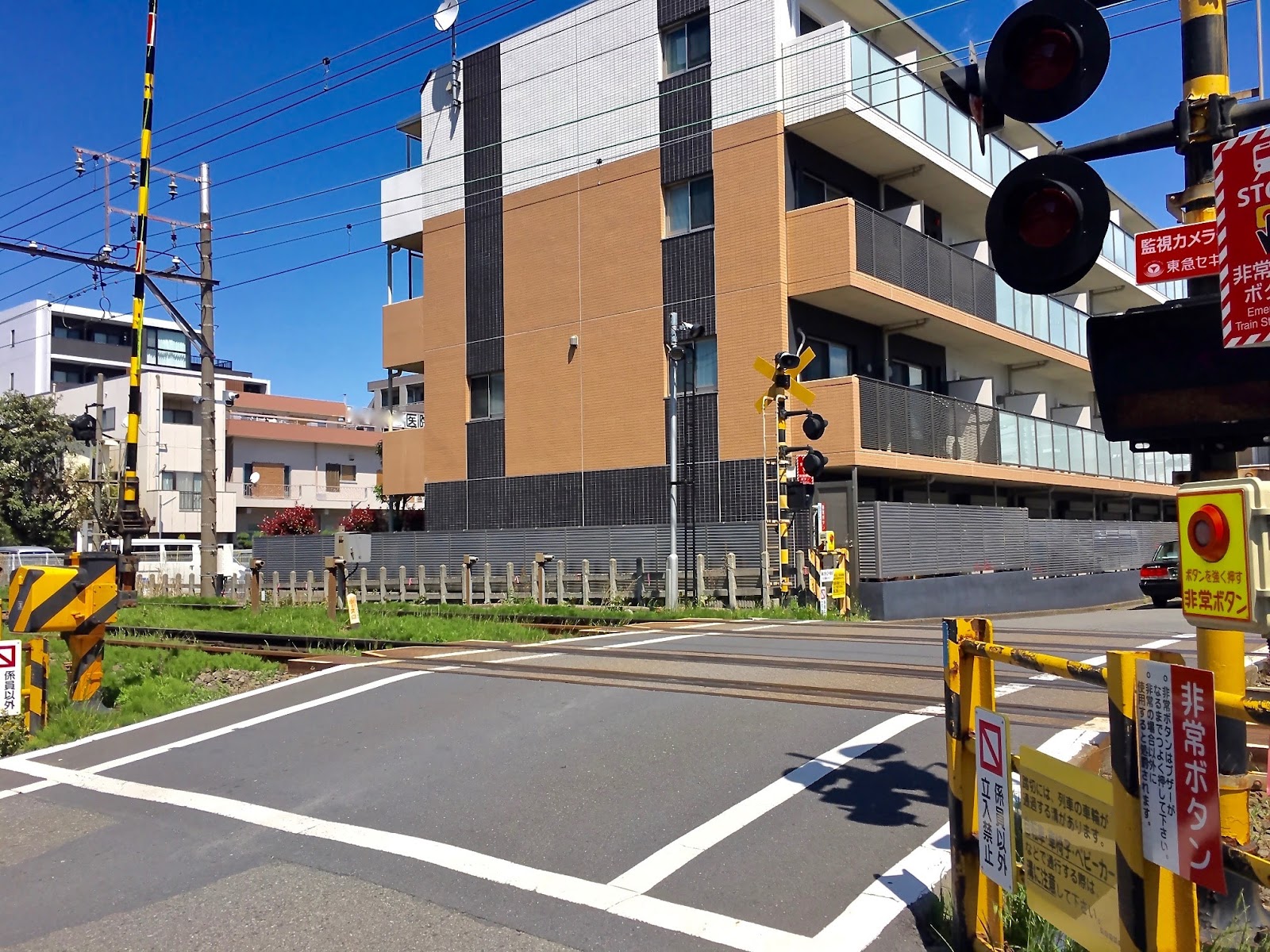
Road Markings
Pay attention to the painted lines on the road (see diagram below). You cannot cross solid white or solid yellow lines. This includes when approaching traffic lights (usually the lines become solid 30m - 50m before the lights)!

Pedestrians and bicycles have right of way on crosswalks. Check both right and left before crossing a crosswalk.

Traffic lights

Expressway Signs

Pillion passenger prohibition zone in Tokyo
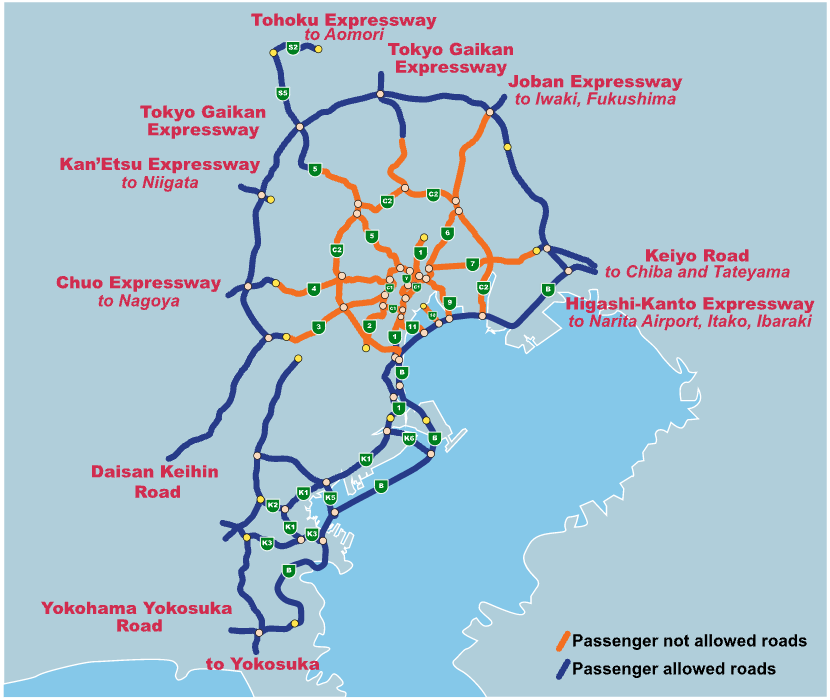
It is prohibited to carry a pillion passenger on the highways coloured orange - this is most of the expressways getting out of central Tokyo.
ETC (Electronic Toll Collection)
When riding with Shogun Motorbike Adventures, your bike will be fitted with an ETC card - this will allow you to ride through the expressway toll gates without stopping at a booth to pay cash. The ETC gates are coloured purple, cash gates are coloured green. Some gates accept both, they will be split purple and green. Slow down on approach to the gate, and the boom gate will swing open, you can ride on through.
Important: if you’re riding in a group, approach the toll gate riding single file with a few metres gap between each bike.
Parking
It is mandatory in most places to park vehicles in designated areas. If you park illegally, you may be issued a parking ticket (see below). On a self-guided tour, ask your hotel where the best place is to park your bike and they will show you the legal spaces. Convenience store parking is great for a quick stop, but long-term parking is prohibited.
This is what a parking ticket looks like:

If you are on a self-guided tour and you receive a parking ticket, you must go immediately to the closest police station, go through the formalities and pay the fine. If you do not pay at the closest police station you will be charged the parking violation fee and a further penalty (at least 20,000 yen) when returning your bike. If you are on a guided tour, the crew will assist you.
Accidents
If you are involved in a traffic accident, first move your vehicle to a safe place out of the way of other traffic, and turn off the engine. If anyone is injured, call 119 (ambulance) first and give whatever first aid you can to the injured person until an ambulance arrives.
You must call the police (110) report the accident, providing information about the location of the accident, number of injured persons (if any), and degree of damage, and follow the police officer’s instructions. If you cannot call the police or an ambulance for yourself, ask someone around you to do so. If you leave the scene of an accident, you might be deemed to have committed a hit-and-run offence.
More info
Please check out this page for more information: https://english.jaf.or.jp/safe-driving/traffic-rules-in-japan

